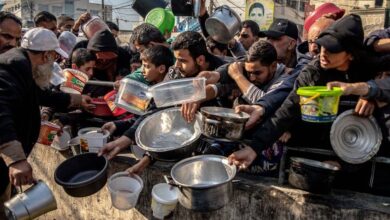
That Sunday alone, Australia suffered 1.1 million lightning strikes in an event of meteorological proportions. According to Weatherzone’s lightning tracker, there was unprecedented thunderstorm activity in Central Australia, Queensland, and South Australia.
In that spectacular show, a record 719,068 lightning strikes lit an 800-kilometre expanse over Uluru courtesy of a monster band of storms. Meanwhile, south-east Queensland copped a belting in the bad weather, with 328,627 times recorded for how many lightning strikes it received. Northern Australia added about another 95,000 strikes, according to 9News.
The meteorologists were surprised by its high frequency across regions where such activities are uncommon. Weatherzone states, “The most remarkable concentration of storm and lightning activity was in Central Australia and arid regions of South Australia and eastern Western Australia, where any amount of lightning tends to be much less common.”. These were driven by two troughs: one over central Australia and the other over eastern Australia.
Queensland is forecast to experience more thunderstorms and heatwaves in the coming days, and a severe weather warning is still in effect. The Bureau of Meteorology has issued an emergency warning for possible health impacts from high temperatures in the Cape Peninsula area.
Severe storms pummeled southeast Queensland, forcing the cancellation of several concerts and the evacuation of several thousand patrons. Among the canceled events were the outdoor concert “A Day on the Green,” a show by British pop star Sophie Ellis-Bextor at Sirromet, and Take That. All shows were axed due to the weather.
In another weird incident, a trailer full of hay bales worth $30,000 was burnt into ashes when lightning hit a bull farm in Dalby, Queensland. Community and infrastructural impacts are continually revealing themselves as these extreme weather events take hold across the country.



